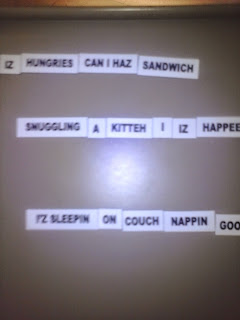 Since all the other cool programs are upcoming, I decided to take this break to blog about one of our (the teens and mine) constant favorites here at the library which is Thursday night Game night. This is a night for teens to come and relax and just have fun playing video games, board games, or challenging someone to a game of chess. I think it is really important for teens to have this night to just do something fun, and it really easy to set up and run. Having a game night is great for interaction with the teens too, as everyone is just having a good time playing a game. Teen programming does not have to be all complicated or fancy, sometimes a board game, Mario Kart, or a chess board is all it takes to bring the teens in, have them interact with you, and get them excited about the library. So go ahead, play that video game! Have some fun! It will be beneficial for you and the teens.
Since all the other cool programs are upcoming, I decided to take this break to blog about one of our (the teens and mine) constant favorites here at the library which is Thursday night Game night. This is a night for teens to come and relax and just have fun playing video games, board games, or challenging someone to a game of chess. I think it is really important for teens to have this night to just do something fun, and it really easy to set up and run. Having a game night is great for interaction with the teens too, as everyone is just having a good time playing a game. Teen programming does not have to be all complicated or fancy, sometimes a board game, Mario Kart, or a chess board is all it takes to bring the teens in, have them interact with you, and get them excited about the library. So go ahead, play that video game! Have some fun! It will be beneficial for you and the teens. What is your favorite game? Leave a comment!
Dawn (and BMO) states: Who wants to play video games!?



